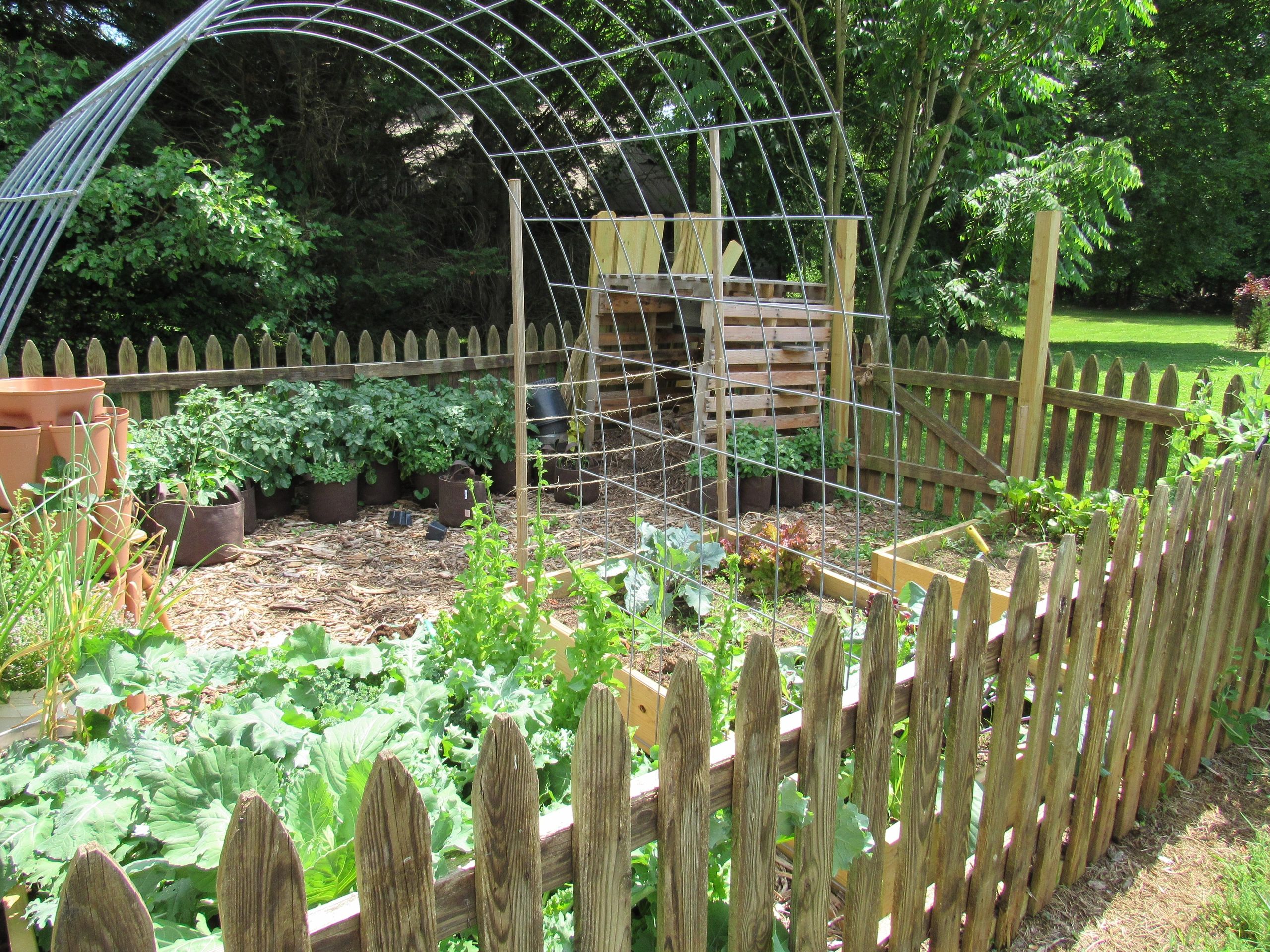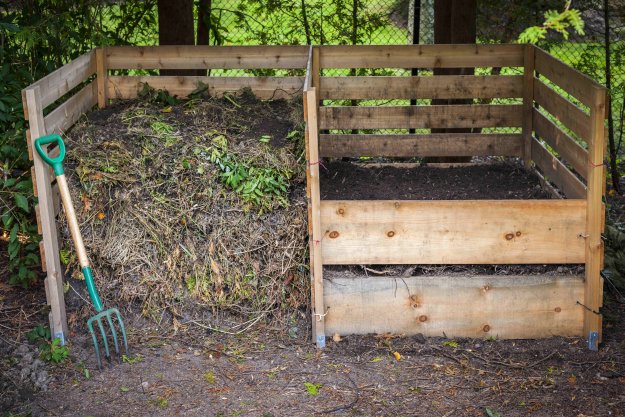A Complete Overview of Homestead Gardening
A Complete Overview of Homestead Gardening
Blog Article
Learn Exactly How to Cultivate a Thriving Gardening Setting for All Ability Degrees
Producing a growing garden is a multifaceted undertaking that can be welcomed by individuals at any kind of skill degree. By checking out crucial elements such as soil health, proper plant option, and seasonal treatment routines, one can establish a sustainable horticulture technique that produces enjoyable outcomes. Comprehending exactly how to assess and enhance your garden area lays the structure for success. Yet, the intricacies of applying these concepts commonly present difficulties that can discourage even one of the most passionate amateur. What approaches can be used to conquer these challenges and cultivate a truly successful setting?
Recognizing Your Yard Room
In the realm of horticulture, understanding your yard room is vital to cultivating a flourishing landscape (Homestead Gardening). The very first step in this venture includes assessing the details qualities of your plot. Aspects such as dirt composition, sunlight direct exposure, and drainage play crucial roles in figuring out the suitability of your yard for numerous kinds of plants
Begin by performing a soil examination to evaluate pH levels and nutrition content, which will educate any type of needed modifications. Additionally, observe just how much sunlight your area receives throughout the day. Different plants have varying light demands; some flourish completely sunlight, while others like partial or full shade.

Finally, review the readily available area and strategy appropriately. This includes taking into consideration plant heights and infected guarantee appropriate room for growth without congestion. By gaining a comprehensive understanding of your garden room, you established the foundation for a successful horticulture experience.
Selecting the Right Plant Kingdoms
Picking the right plants for your garden calls for cautious consideration of different aspects, consisting of climate, dirt conditions, and individual preferences. Beginning by examining your local climate, as particular plants thrive specifically temperature ranges and weather condition patterns. Tropical plants may not make it through in chillier areas, while sturdy perennials can endure extreme wintertimes.

Consider your individual choices, consisting of aesthetic allure and upkeep levels. Choose whether you choose vivid flowers, rich vegetation, or edible plants. Furthermore, variable in the time and effort you are eager to purchase plant treatment, as some selections demand more attention than others.
Last but not least, assume about the yard's layout and light exposure. Sunshine patterns throughout the day will affect your choices-- some plants require full sun, while others prosper in color. By thoughtfully assessing these components, you can develop a efficient and unified yard tailored to your environment and preferences.
Necessary Gardening Tools
A fully equipped garden enthusiast can significantly click to investigate boost their gardening experience and results. Vital gardening tools are basic to cultivating a successful yard, no matter of ability degree. A durable spade is invaluable for excavating and turning soil, while a trowel permits for precise planting and hair transplanting of smaller sized plants.
Trimming shears are important for preserving plant health by eliminating disordered or dead branches, promoting far better air blood circulation and growth. Additionally, a hand rake serves for getting rid of debris and freshening the soil, guaranteeing optimum problems for plant roots.
Gardening handwear covers protect hands from chemicals, thorns, and blisters, making them a vital device. A watering can or hose pipe with a flexible nozzle makes sure that plants obtain ample moisture without overwatering.
Last but not least, think about buying a sturdy wheelbarrow for moving soil, plants, and tools around the garden effectively. By assembling a top quality toolkit that consists of these vital products, gardeners can tackle numerous tasks with self-confidence and convenience, leading the way for a flourishing horticulture atmosphere. Keep in mind, the right tools not only boost efficiency but additionally improve the total satisfaction of the gardening process.
Soil Prep Work and Maintenance
Quality dirt is the structure of an effective yard, making correct read this post here prep work and upkeep crucial for healthy and balanced plant development. Based on the examination results, changes can be made to optimize dirt conditions for specific plant needs.
Incorporating organic matter, such as compost or well-rotted manure, is crucial for enhancing dirt structure and fertility. This not just enhances nutrition schedule however also advertises beneficial microbial activity. Furthermore, proper drainage is crucial; hefty clay dirts may require the enhancement of sand or perlite to advice enhance oygenation.
Regular maintenance of soil health and wellness includes mulching, which saves dampness and subdues weeds. Turning crops annually helps avoid nutrient deficiency and reduces pest and condition risks. It is likewise vital to stay clear of over-tilling, which can disrupt soil structure and harm advantageous organisms.
Eventually, a constant commitment to dirt preparation and maintenance will certainly bring about a flourishing yard, ensuring that plants get the vital nutrients they require for robust development and performance.
Seasonal Treatment and Monitoring

In spring, focus on planting brand-new seeds and seed startings, while additionally performing dirt tests to modify nutrient deficiencies. Consistently look for parasites and diseases, as these can multiply with the warming weather condition. Summertime needs consistent watering and mulching to maintain wetness, in addition to pruning for better air flow.
As fall strategies, it's time to prepare the garden for inactivity. This includes gathering plants, cleansing up debris, and using a layer of compost to secure plant roots from frost. Consider planting cover plants to enrich the dirt during the winter season months.
Finally, winter treatment is critical. Check structures like greenhouses for damage and make sure correct insulation for sensitive plants. Routinely check for pests that might look for refuge inside. By adapting your gardening methods to the seasonal cycles, you can cultivate a flourishing setting that supports plant health year-round.
Verdict
Finally, cultivating a successful garden needs a comprehensive understanding of important principles such as soil structure, sunlight exposure, and ideal plant choice. Executing efficient soil preparation and upkeep strategies, along with utilizing the right tools, cultivates an optimal expanding environment. Regular seasonal care and administration methods better enhance plant wellness and efficiency. By adhering to these fundamental standards, people at all skill levels can achieve a flourishing yard that adds to both visual pleasure and ecological sustainability.
Choosing the right plants for your yard requires careful consideration of different aspects, consisting of environment, soil problems, and individual preferences. Conduct a soil test to determine pH degrees and nutrition material, which will assist you in picking plants that will certainly grow in your garden.Last but not least, think about investing in a sturdy wheelbarrow for transporting dirt, plants, and devices around the garden effectively.Quality soil is the foundation of a successful yard, making proper prep work and maintenance critical for healthy and balanced plant growth. Homestead Gardening.In conclusion, cultivating an effective garden requires a thorough understanding of important concepts such as dirt structure, sunlight direct exposure, and appropriate plant selection
Report this page